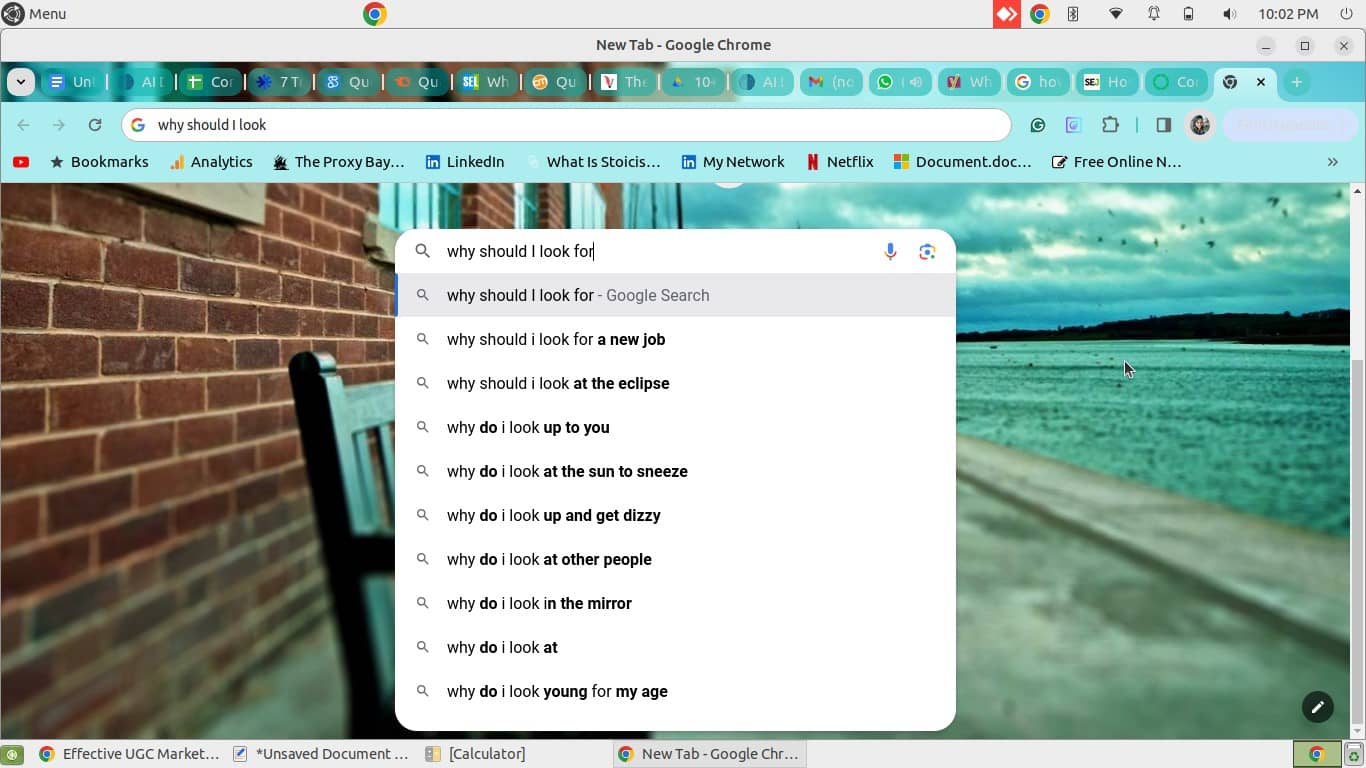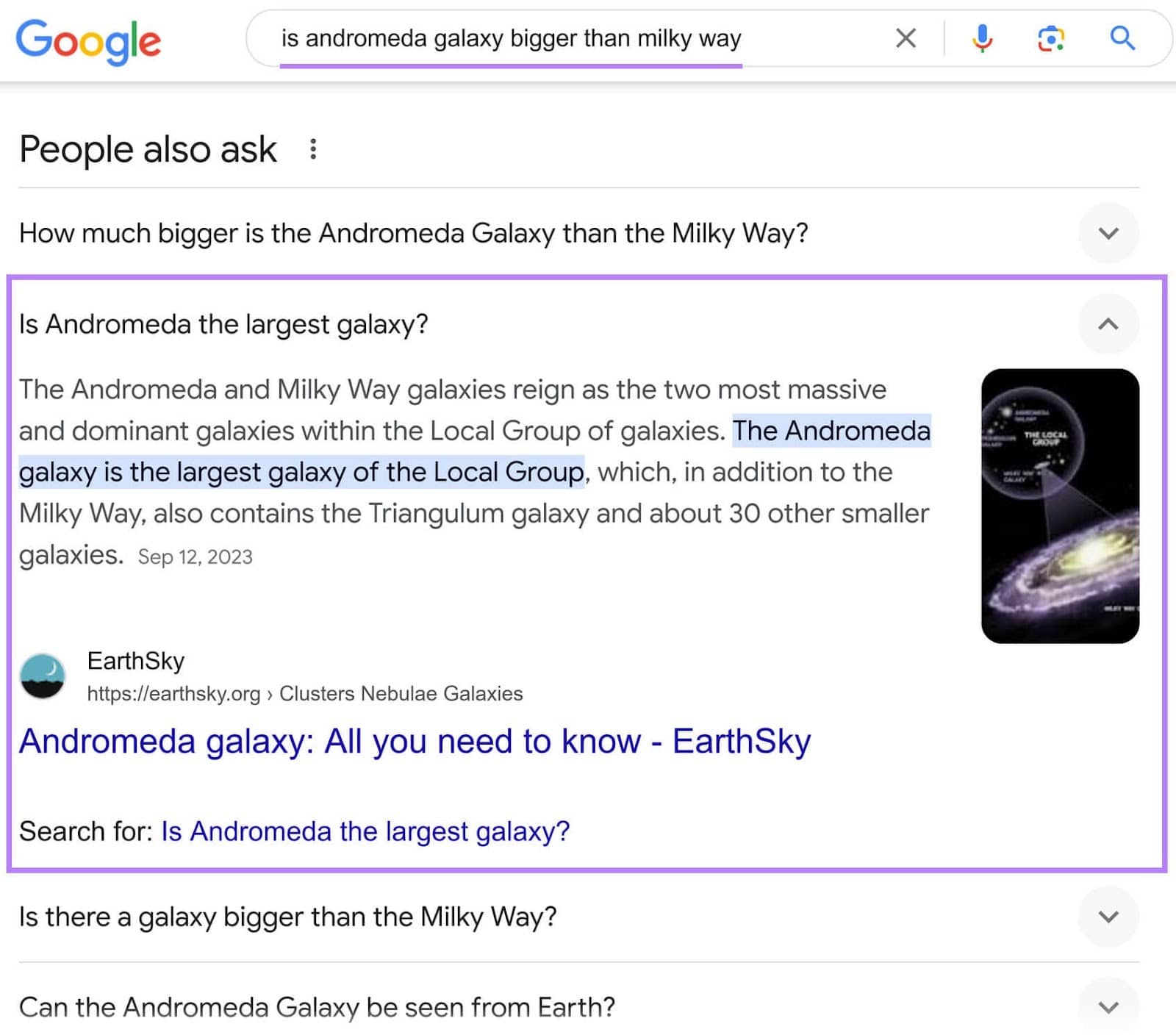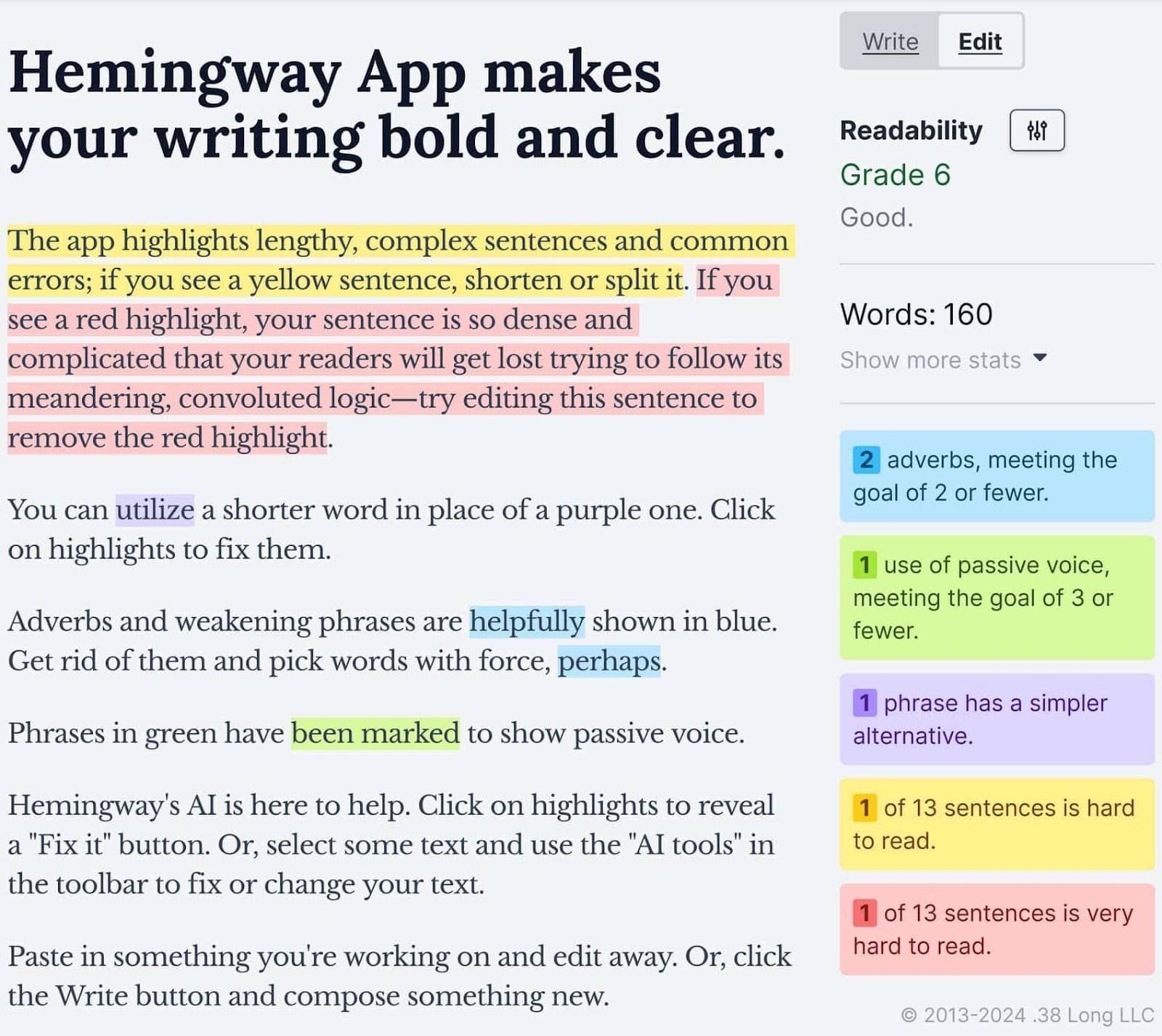Last Updated on August 4, 2024 by Admin
To dominate the search engine rankings, the secret is simple: produce top-notch content.
Sounds straightforward, doesn’t it?
Yet, here’s where it gets tricky. Everyone believes their content is the best. Plus, defining what makes content “high-quality” is notoriously challenging in SEO. Many get caught up in the minutiae like word count, keyword stuffing, or how the content looks.
We often hear experts proclaim, “Content is king,’’ and it’s essential for SEO success.
But what exactly does that mean?
What is High-Quality Content?
Quality content is essential for engaging and retaining your audience. It must be relevant, educational, accurate, valuable, and cater specifically to the needs and desires of its target audience.
This type of content is meticulously researched and carefully crafted to deliver precisely what readers are searching for, whether detailed information or practical solutions.
For content to be considered high quality, it should:
- Fulfill the user’s search intent by providing the sought-after information or solution.
- Contain unique insights, research, or analysis that stands out.
- Demonstrate the creator’s deep understanding and firsthand experience with the topic.
- Be detailed and rich enough to answer the user’s questions completely.
- Offer more significant insights or utility compared to competing content.
- Ensure an excellent user experience, including fast load times, ease of reading, and mobile-friendliness.
In short,
Google aims to deliver real value to its users, focusing on content that enables users to fulfill their needs effectively while promoting a positive and secure browsing experience.
Ultimately, effective content should align with and support your brand’s goals, meet Google’s criteria for quality, and, most importantly, satisfy user expectations and requirements.
The Importance of Quality Content
Quality content helps your business in many ways. This includes:
- Boost SEO Performance: High-quality content is crucial for improving your search engine rankings. Google favors original content that meets the user’s search intent. This makes it a vital part of any SEO strategy.
- Enhance Brand Reputation: Effective content can significantly enhance your brand’s image. It positions you as an industry authority, enriches discussions, and boosts your visibility in the market.
- Drive Conversions: Content acts as a bridge that guides potential customers from initial awareness to the decision to purchase. This enhances the user’s journey toward conversion.
- Minimize Customer Turnover: Quality content is crucial in improving the customer experience. It aids in the onboarding process and ensures customers fully benefit from your products, reducing churn.
- Engage Your Audience: Engaging content consistently attracts users to your platform, essential for businesses dependent on high user engagement, like media sites.
But remember, there is no universal formula for developing successful content. Each industry and business requires a customized approach to meet its unique needs.
Even though content needs to be customized, successful content has some common features. Understanding these features can help you create content that really connects with your audience and achieves your business goals.
Let’s look at these traits and learn how to make compelling content.
Tips to Create Engaging and High-Quality Content
Now let’s dive into the key tips and strategies necessary to create high-quality and relevant content for your target audience:
1. Know Your Search Intent
Search intent is the motivation driving a user’s online search.
People might be searching to understand a topic broadly, find specific information, address a problem, or make a purchase.

Before you create content, it’s important to grasp how users will discover and use it, along with the outcomes you desire.
Are you aiming to sell a product or service? Maybe you want to expand your email list?
Think about how the needs of your audience align with your marketing goals. This insight should shape your content strategy, helping to align your call to action (CTA) with both your objectives and the user’s needs.
2. Perform Audience Research
To conduct audience research, gather data from both internal company sources and external entities. This is a continuous process.
Next, let’s break down how to conduct audience research step by step.
- Ask Your Customers: The best way to discover what content your customers value is to simply ask them. While one-on-one conversations provide detailed feedback, they can be resource-intensive.
For efficiency, consider using a survey to reach a broader audience. Utilize free survey tools, such as Google Forms. Make the process straightforward for your customers by asking minimal and straightforward questions. - Ask Your Team: Many companies have internal experts who possess valuable insights for creating content that prioritizes customers.
Contact team members in customer service, sales, and similar departments. These individuals frequently interact with customers and can provide insights into common questions, concerns, and issues that customers face.
- Research Marketers and Competitors: Identify important topics within your industry and examine what your competitors are doing.
Use these insights as foundations to develop content in different formats, such as social media posts, newsletters, or podcasts.
3. Optimize Content Format for Better Readability
Ensuring your content is easy to read is crucial, not only for your audience but also for search engines that crawl, index, and rank your site.
Content formatting significantly affects its performance. Since people tend to skim articles, using headings, subheadings, bullet points, and short paragraphs separated by white space makes the information more digestible.
Large blocks of text are off-putting to readers and are also less favored by Google.
4. Check Out Trending Topics
Every piece of content begins with a topic. Choosing the right topic is key to your content marketing success. It’s vital to pick topics that resonate and engage your audience.
If you’re short on time to check competitors’ content, tools like BuzzSumo and ExplodingTopics are useful. They help you quickly find trending topics.
Once you select your topics, schedule them in your editorial calendar. This organization helps prevent the last-minute rush to find new topics.
5. Answer Frequently Asked Questions
Frequently asked questions (FAQs) improve the reading experience by answering common questions right in your content. This keeps readers on your page instead of searching for answers elsewhere.
FAQs also boost your content’s visibility in search results. Google often shows answers from FAQs in “featured snippets” or the “People Also Ask” (PAA) box. This can greatly increase your content’s reach and drive more traffic to your site.

To identify the most relevant FAQs for your content:
- Observe the questions listed in the PAA box, as seen in the previous example.
- Consult with your customer service and sales teams to gather frequently asked questions they encounter.
- Use a keyword tool to discover questions related to your topic that people are searching for.
6. Add Relevant Examples
Including plenty of examples in your content makes it useful, actionable, and relatable. Examples help simplify complex or abstract topics, making them easier for your audience to understand and act upon.
They also enhance relatability by connecting real-world applications or scenarios to the readers’ lives, adding great value. Readers are more likely to return to content they can connect with.
Additionally, examples can make content, particularly business material, more engaging and less monotonous.
This encourages readers to spend more time on your site. To ensure your examples are effective, follow these guidelines:
- Incorporate diversity by using a wide range of examples. This appeals to various audience segments, enhancing your content’s relevance.
- Be specific and detailed; detailed examples strengthen your arguments and enhance your content’s credibility.
- Balance real-world and hypothetical scenarios. This mix provides clear, practical applications, keeping your content relatable and grounded.
7. Use Images and Videos
Visuals like images, videos, and infographics not only grab attention but also help users remember information better than text alone.
Large text blocks can be overwhelming, so using visual elements can make your content more readable and engaging.
Visuals are excellent for explaining complex ideas through charts, illustrations, or diagrams.
Here are some straightforward tips for using visuals effectively in your content:
- Ensure each visual is relevant to the text and section it accompanies.
- Use visuals that serve a clear purpose, such as illustrating a point, showing an example, or breaking up text.
- Place visuals thoughtfully within your content; don’t force them where they don’t naturally fit.
- Avoid generic or stock images that add no real value.
- Use screenshots for detailed guides, such as step-by-step tutorials or workflows.
- Include alt text with your visuals to provide descriptions for screen readers and improve SEO.
8. Check for Grammar and Spelling Errors
Grammar and spelling mistakes can damage your content’s credibility and harm your brand’s image. These errors disrupt the reader’s flow and distract from the main message. To prevent this, always proofread your work and correct errors.
Use grammar and spelling checkers in tools like Google Docs and Microsoft Word. Tools like Grammarly or Hemingway Editor also help by identifying and correcting mistakes.

Having another person review your content is also beneficial. Peer reviews or professional editing can catch errors you might overlook. This ensures your content is polished and professional.
9. Capitalize on Your Own Experiences and Data
Creating original data and sharing content based on your personal experiences can significantly enhance your SEO.
If your content is detailed, useful, and comprehensive, it’s more likely to be referenced by others, who may also link back to your site. Such backlinks from credible sites can greatly improve your SEO.
Discussing your personal experiences, even when challenging popular opinions, helps establish your credibility as an authority in your field.
By not just referencing other articles but providing firsthand insights, you assert a level of expertise that commands attention and respect.
This authority encourages others to take your content more seriously and consider your perspectives.
10. Keep Updating Your Content
Outdated content doesn’t resonate well with users or search engines. This makes it less effective at driving sales, leads, or other business outcomes.
That’s why regularly updating your content and maintaining its quality is crucial.
(Note: This advice doesn’t apply to social platforms like Instagram or LinkedIn. On these platforms, posts quickly get buried in the feed, and users seldom revisit them.)
While some topics remain relevant longer than others, nearly all content eventually loses its impact. It’s particularly important to monitor this content decay if you’re creating blog posts.
Wrapping Up!
Creating high-quality content demands careful planning, thorough research, attention to detail, and a sincere commitment to delivering value to your readers.
Consider the tips mentioned as a checklist for developing new content or reviewing existing material.
At AlgoSaga’s content writing services, we specialize in developing content that meets these high standards. Our expert team provides tailored content solutions that engage your audience and enhance your brand’s presence. So, Let AlgoSaga experts help elevate your content to the next level.
